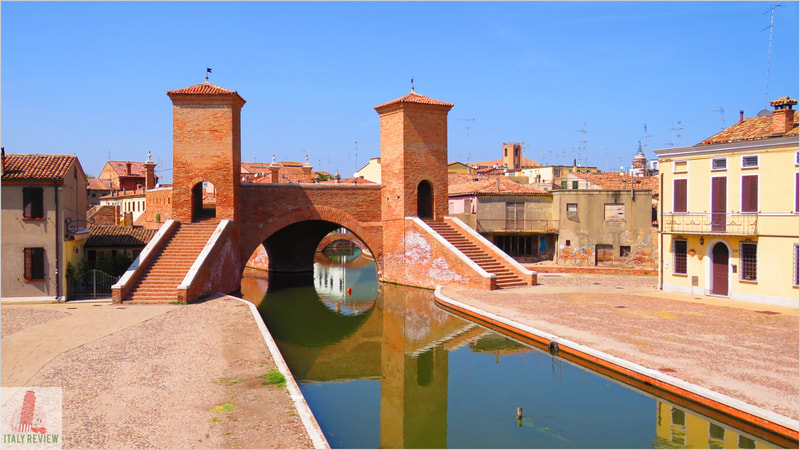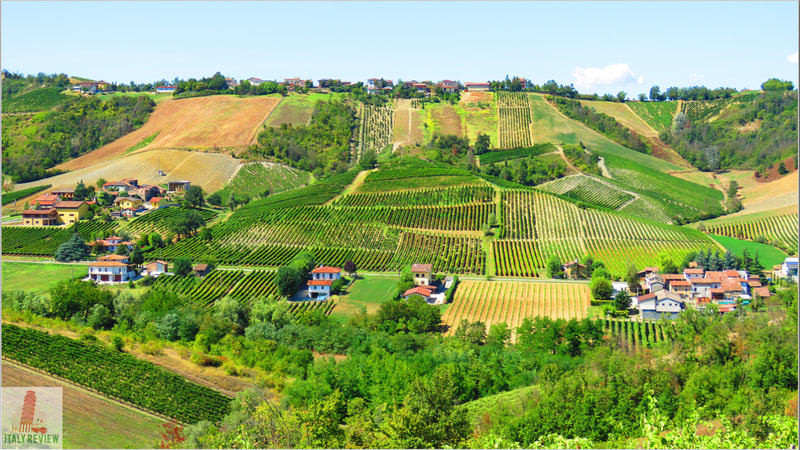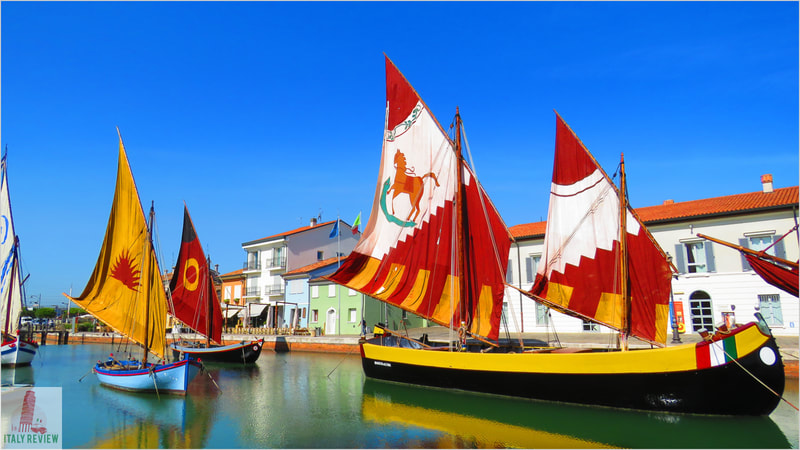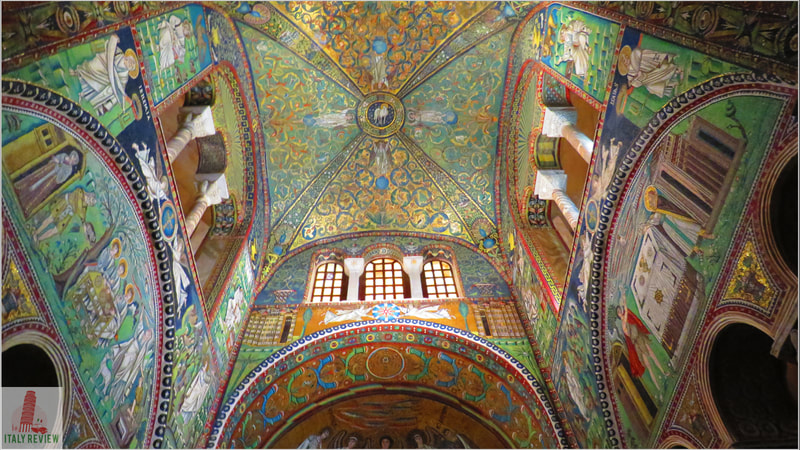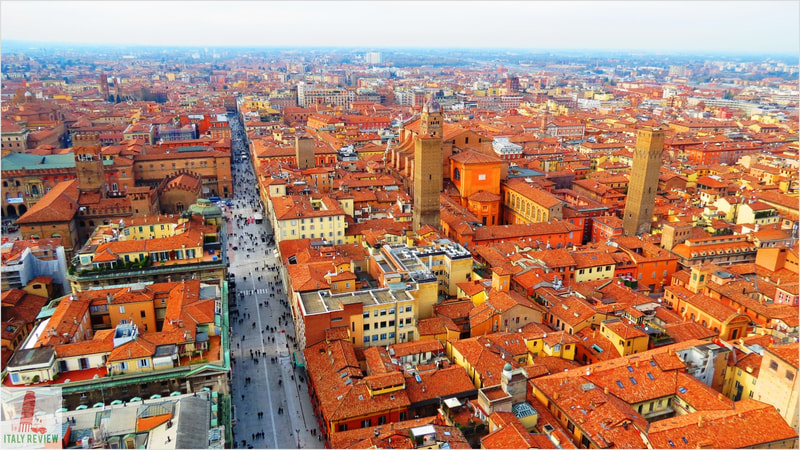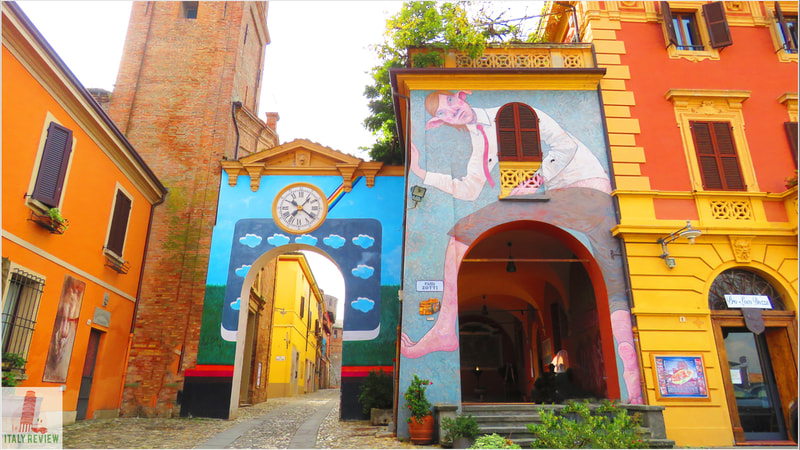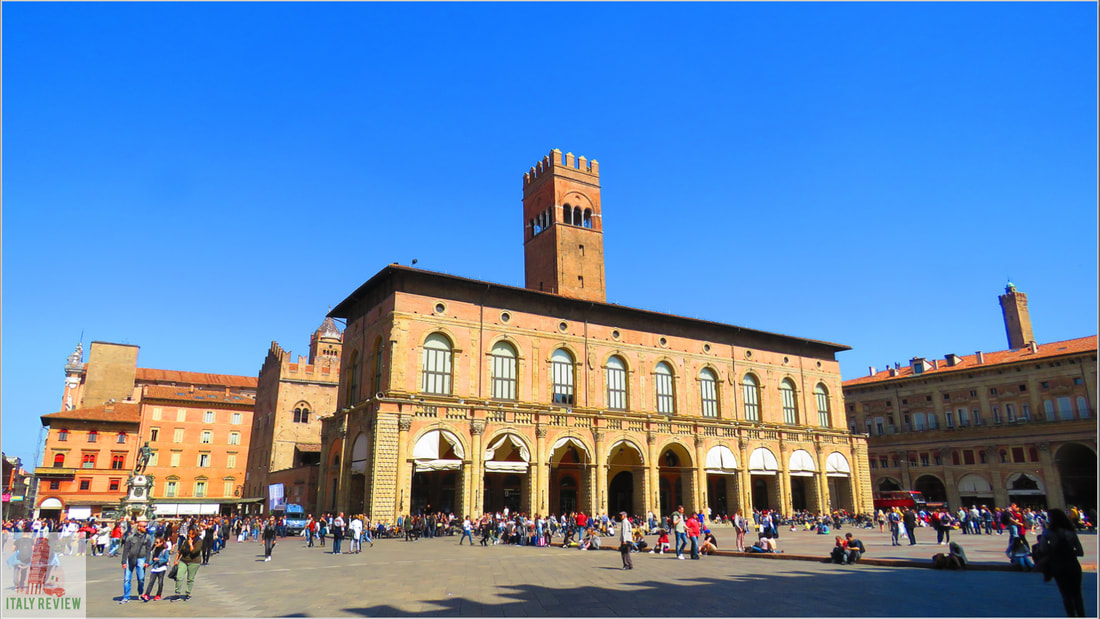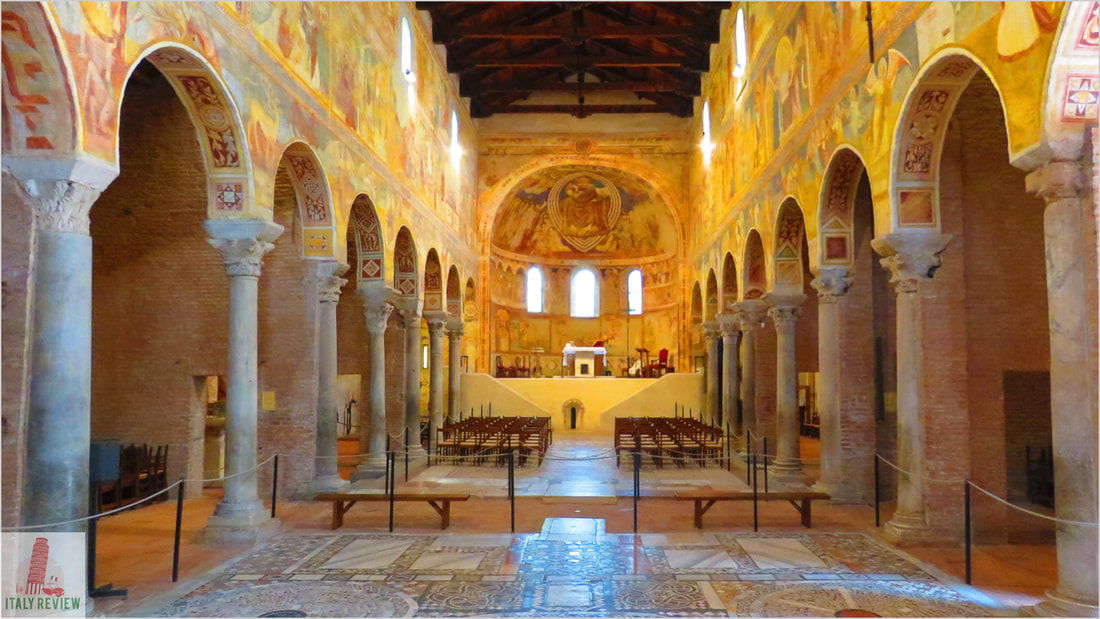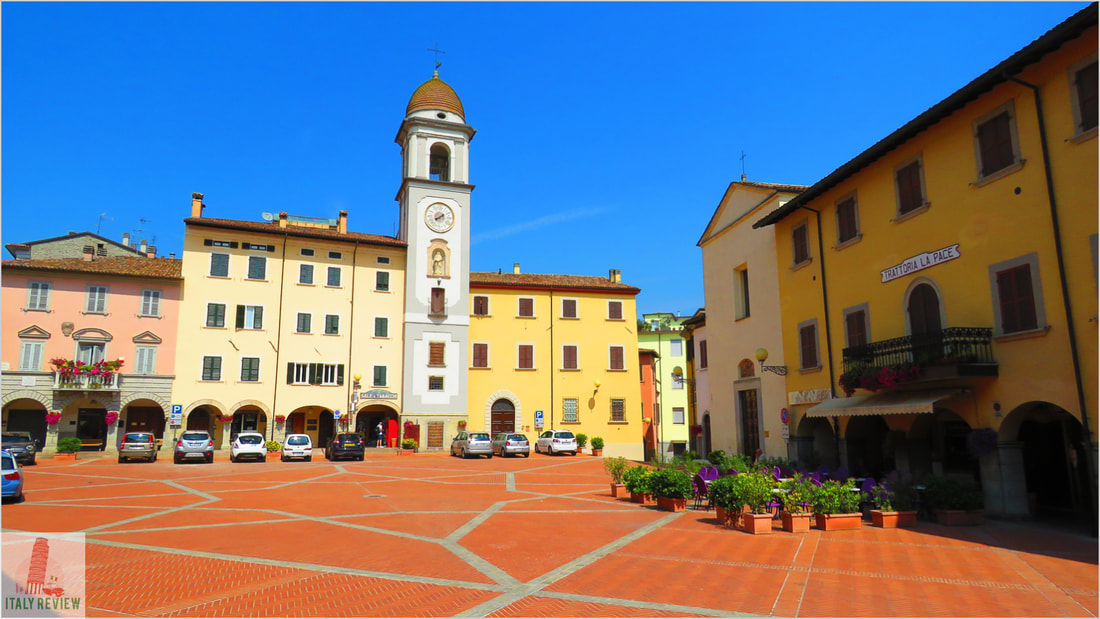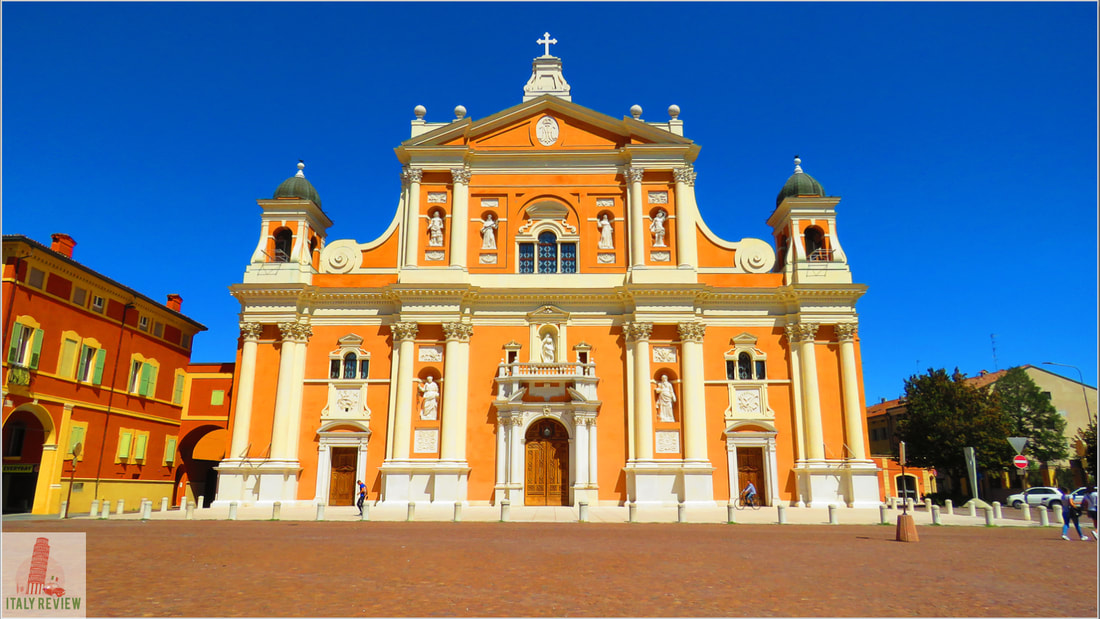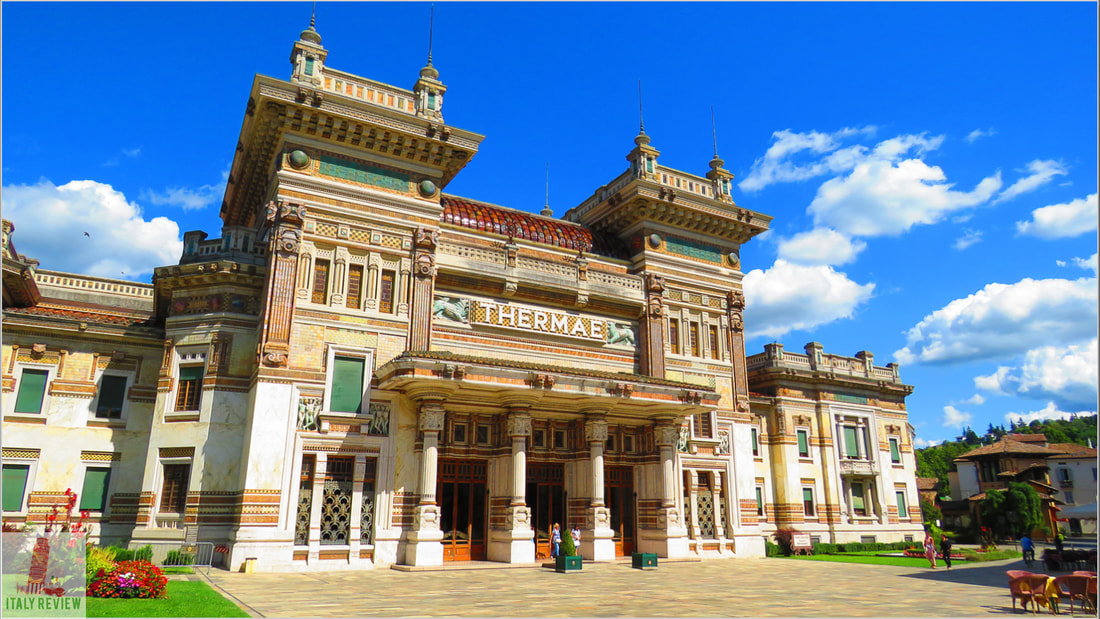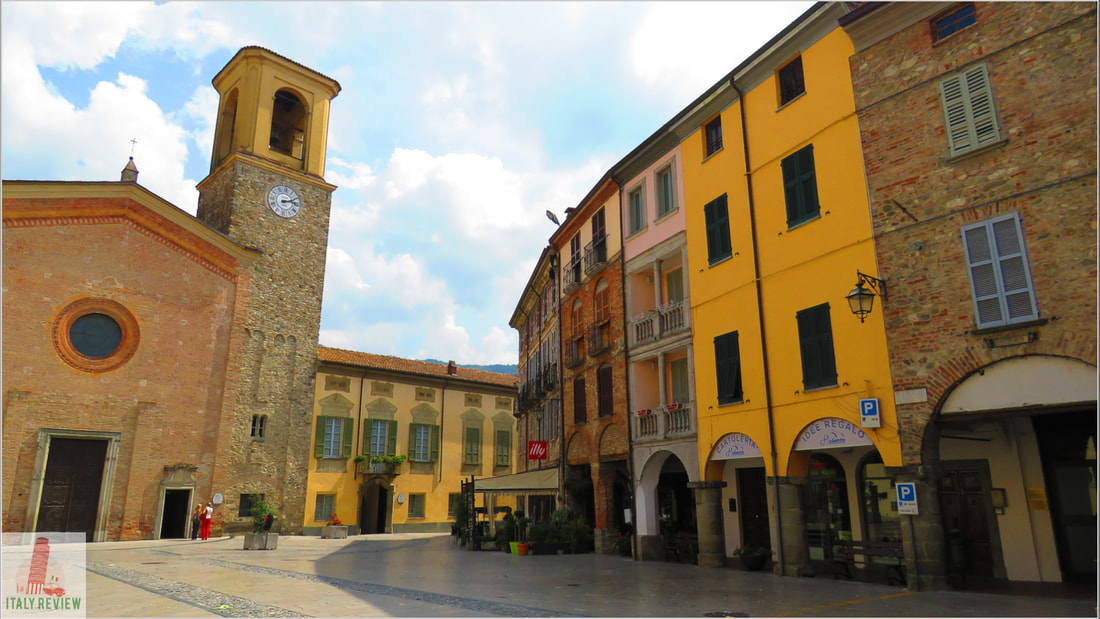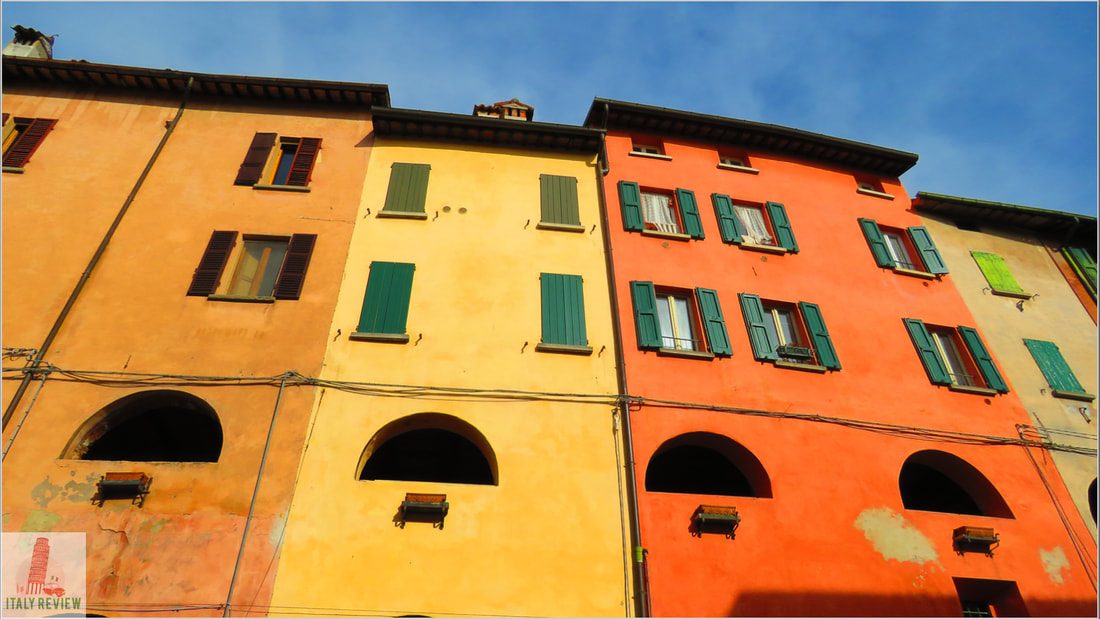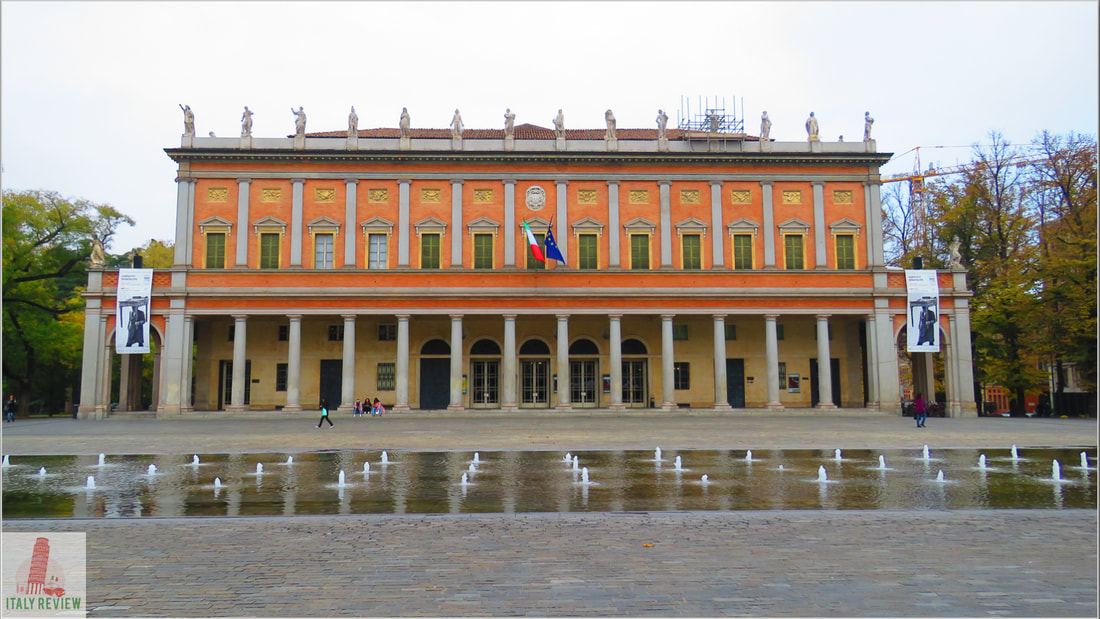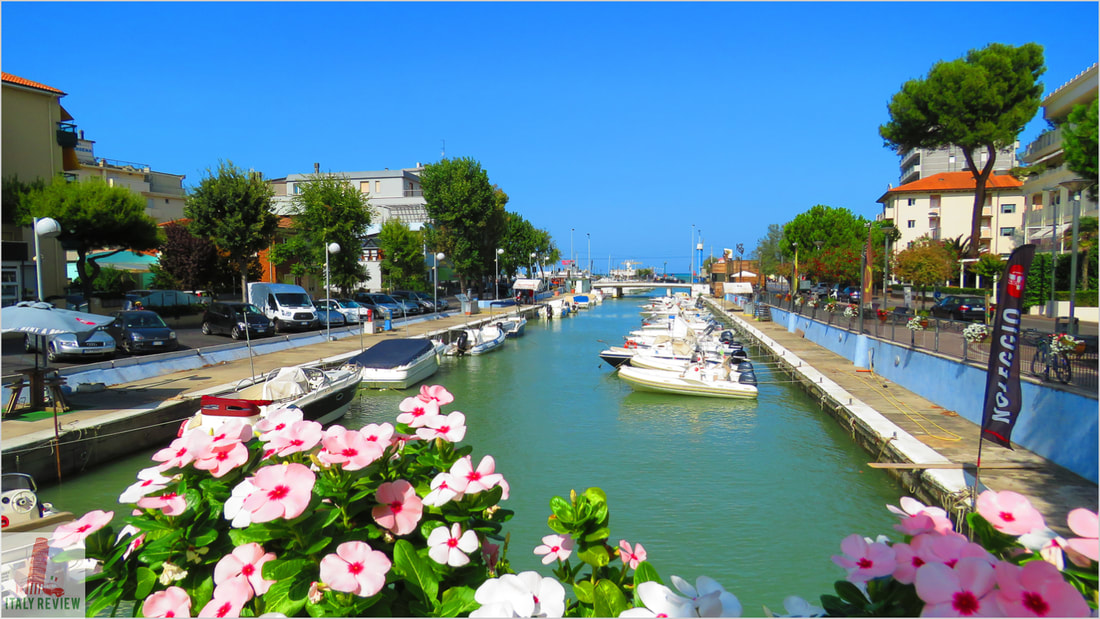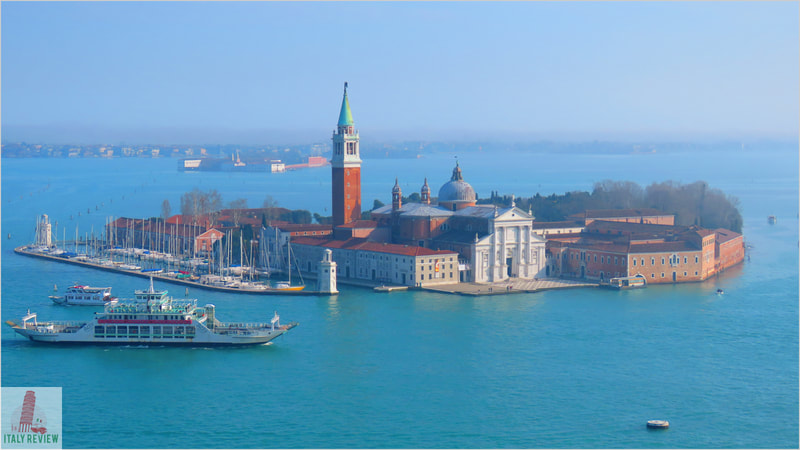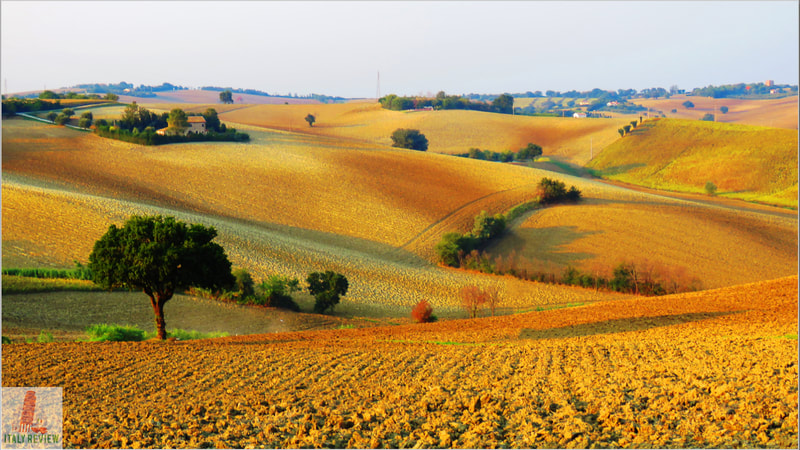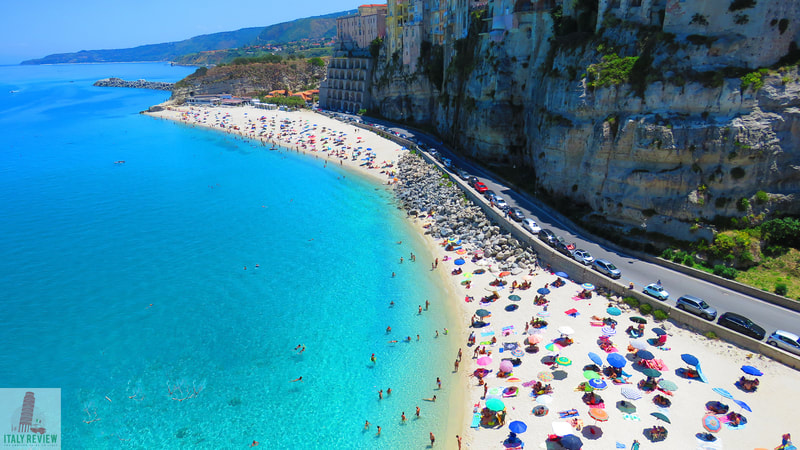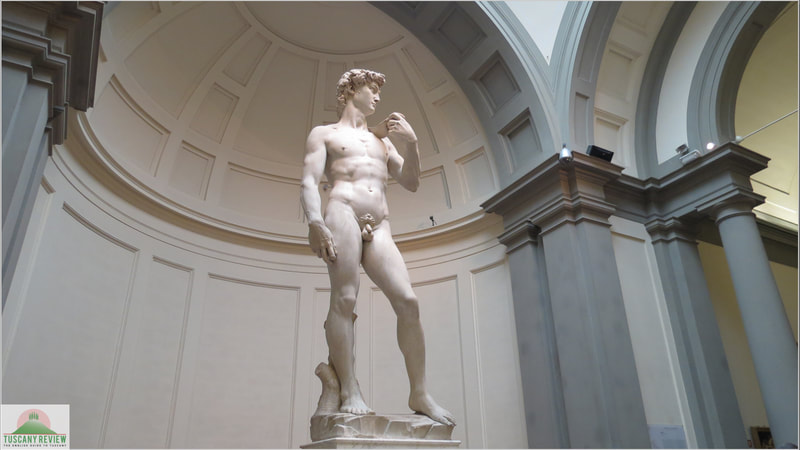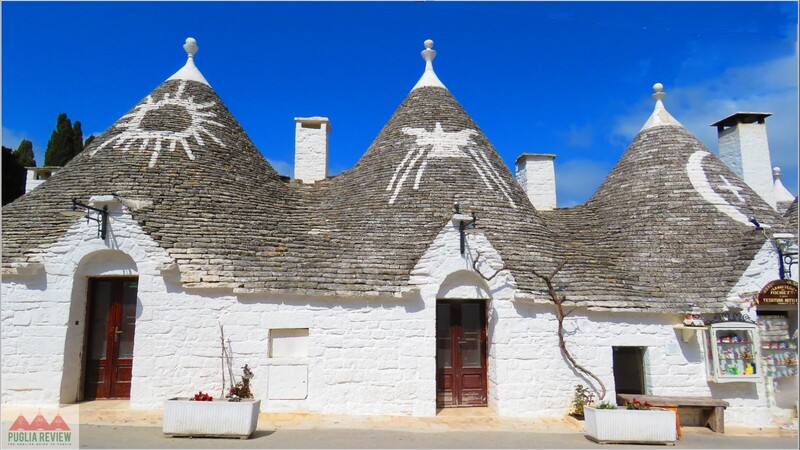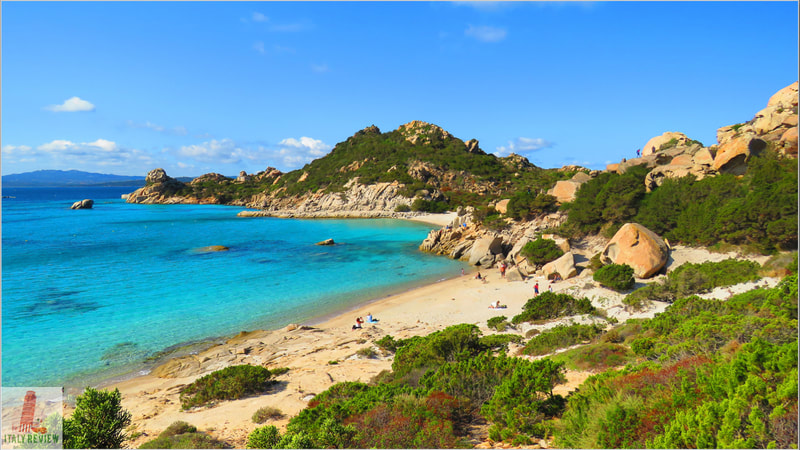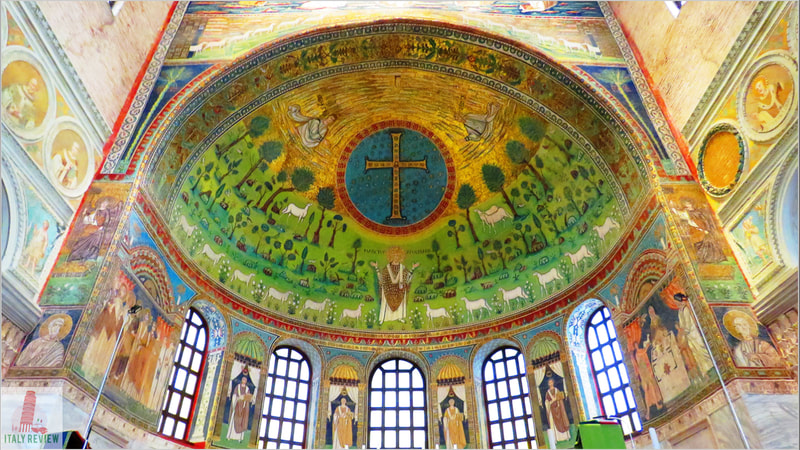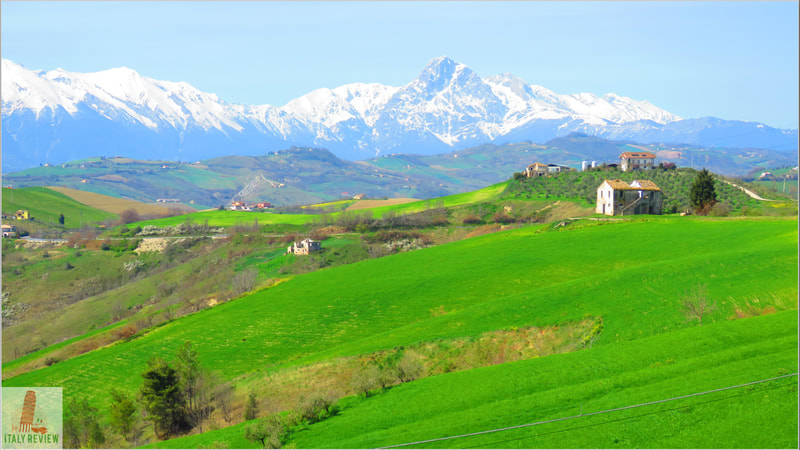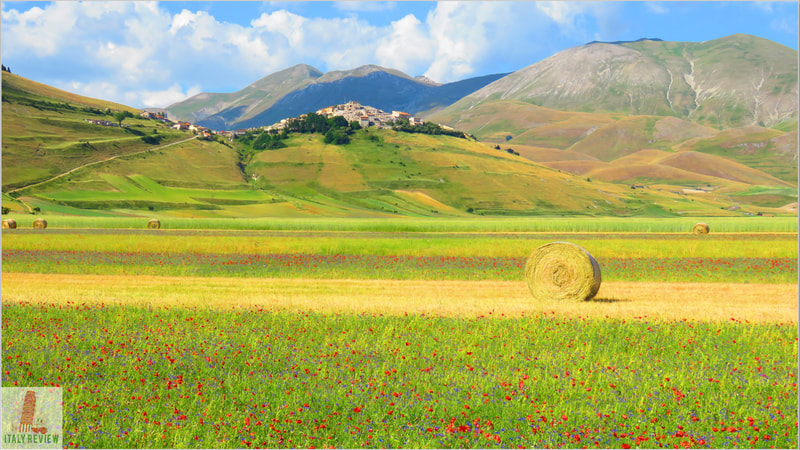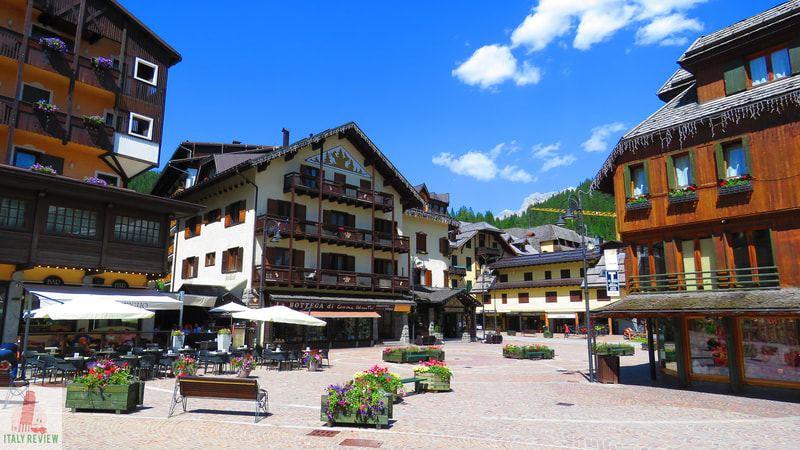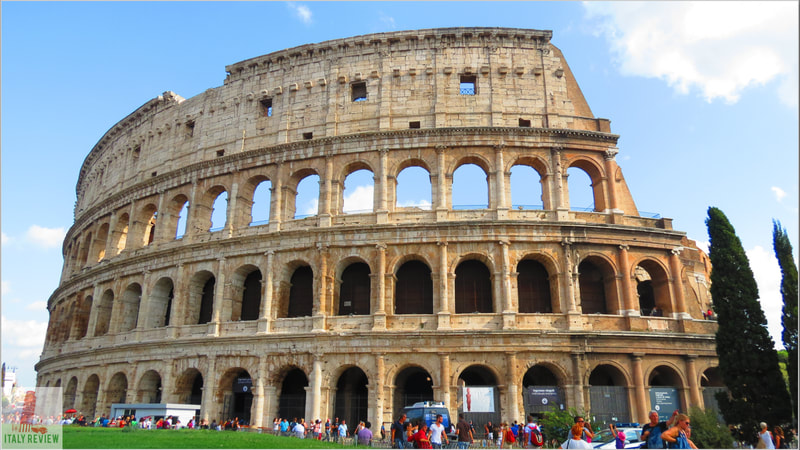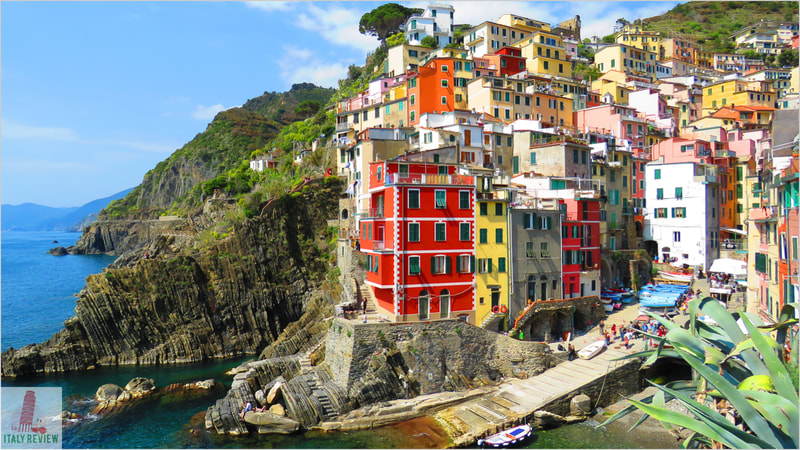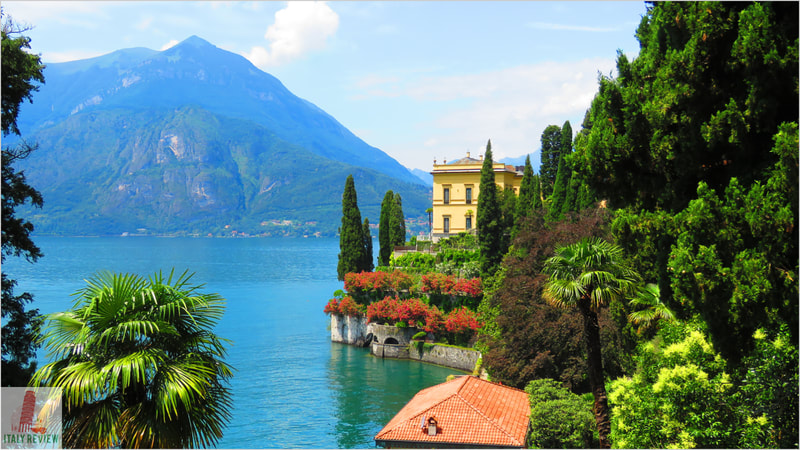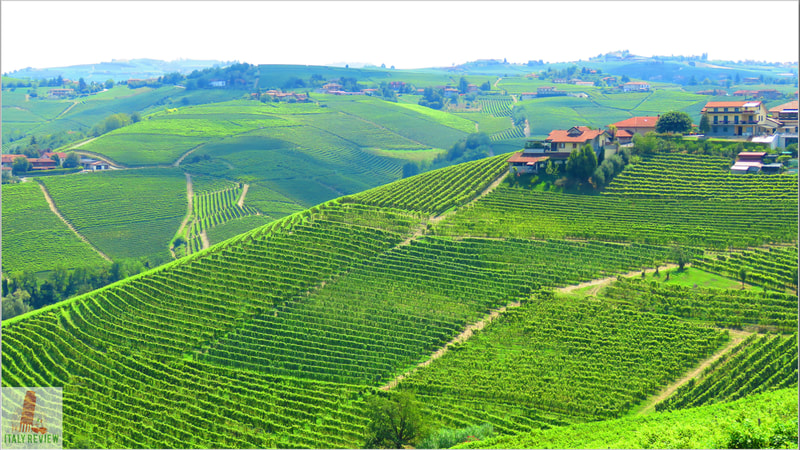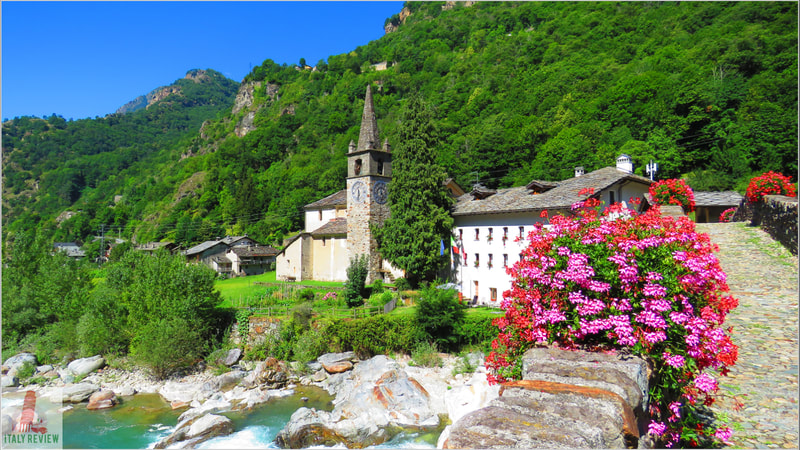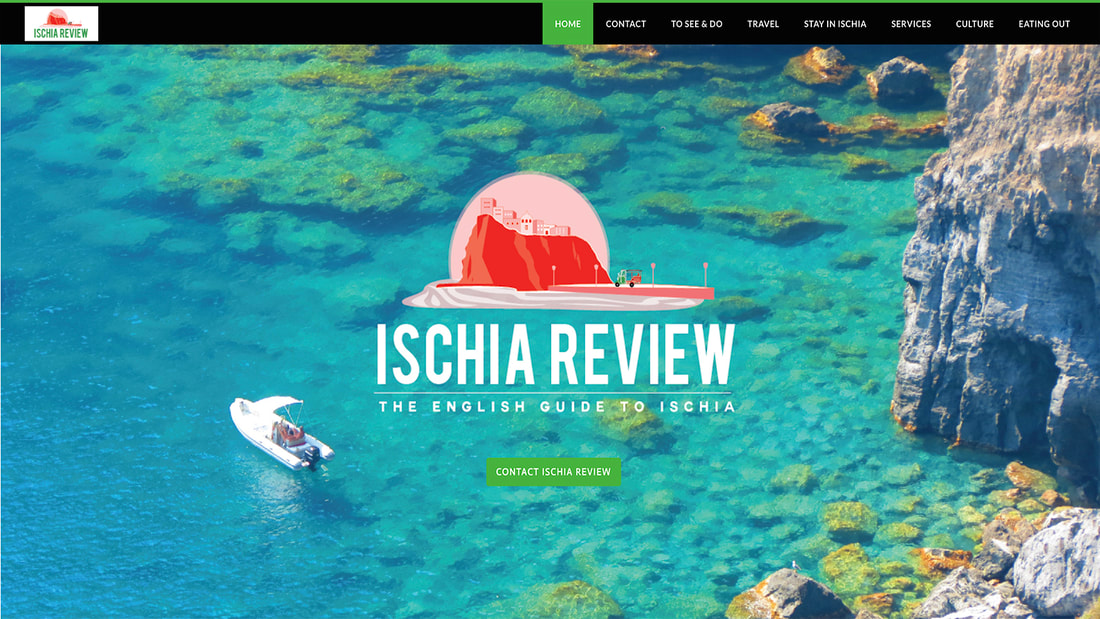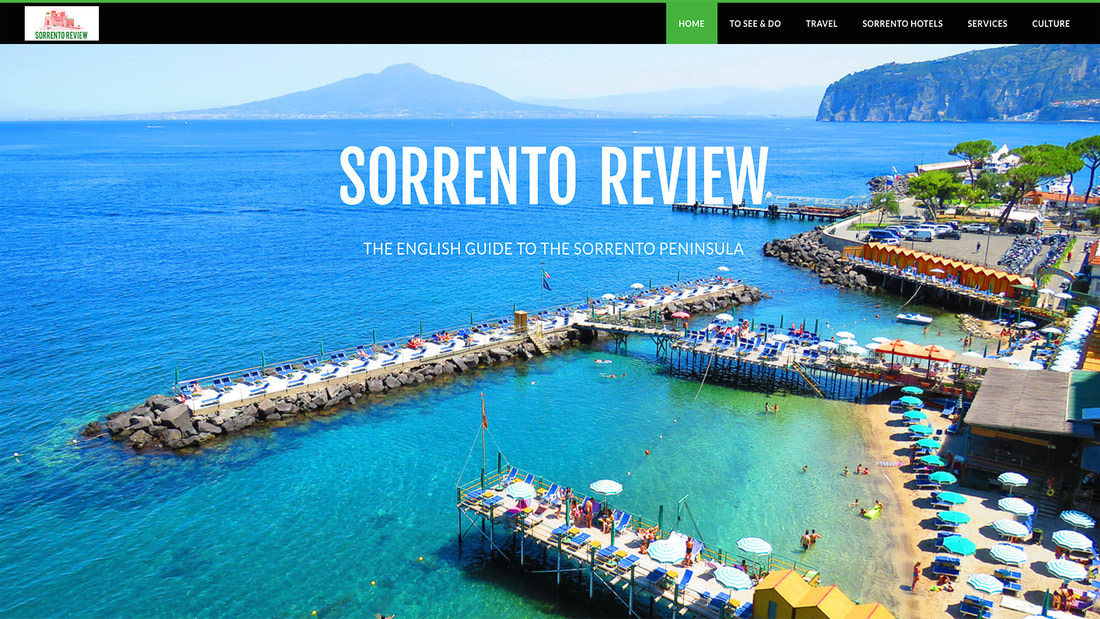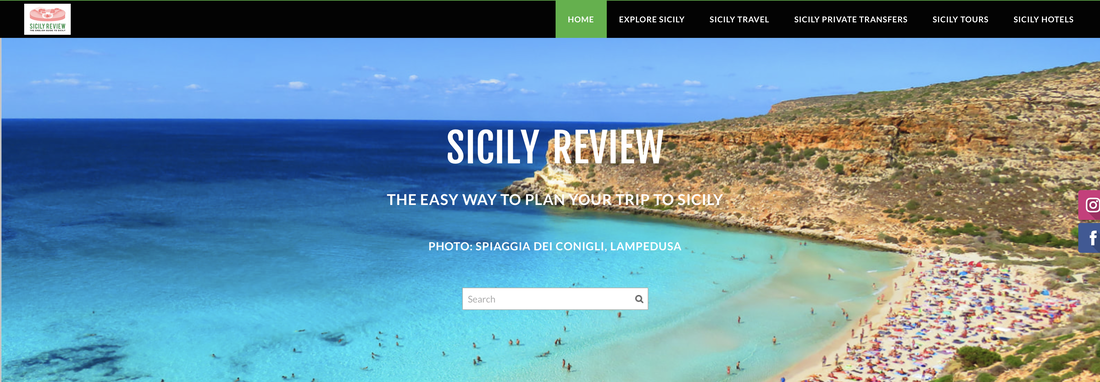Emilia Romagna
|
By Dion Protani
|
Latest update: 1 December 2023
|
|
Occupying an area north of the Apennine mountains and much of the Po Valley, Emilia-Romagna is rich in every sense: from its prosperous cities to its famed cuisine.
It stretches from the Adriatic Coast in the east, to regional borders with Lombardy, Piedmont, Liguria and Tuscany to the west. To its north is Veneto while Marche and tiny San Marino lie to the south. At the centre of life in the region, its capital Bologna is one of the oldest seats of learning in Europe and a treasure trove of culture. |
Related links
Emilia-Romagna: two regions combine
To understand Emilia-Romagna one must first explain that it consists of two historical regions combined to make one. The Romans built the Via Emilia road in 187 BC and the route that it took from Rimini on the coast to Piacenza in a north-westerly direction, still exists today in the form of the modern A1 motorway, also known as the Autostrada del Sole.
Using the motorway as a rough guide, we can divide the region from a point just to the east of Bologna: everything to the east belongs to Romagna and the remaining territory to the west is Emilia.
Using the motorway as a rough guide, we can divide the region from a point just to the east of Bologna: everything to the east belongs to Romagna and the remaining territory to the west is Emilia.
Romagna's seaside resorts
The main cities and towns of Romagna include Rimini: the most popular seaside resort in Italy, famed for its huge expanse of beach and fairly raucous nightlife. Along the same stretch of coast are some other holiday favourites including the seaside towns of Riccione and Cesenatico where you can also see a display of beautiful ships and their colourful sails.
The historic treasures of Ravenna
To the north of Rimini, further along the coast you eventually reach the city of Ravenna. Some of the most iconic images of Emilia-Romagna come from Ravenna which was once the capital of the Western Roman Empire. During that period between 402 and 476 AD, it gained a reputation as one of the most beautiful cities in the world, where grand churches were decorated in Byzantine style.
Those Byzantine creations, typically mosaics, are still in evidence throughout the city, something for which it is recognised by UNESCO as a World Heritage Site. Among the greatest treasures still to be found in the city are the Basilica di San Vitale and the Basilica di Sant'Apollinare in Classe.
Those Byzantine creations, typically mosaics, are still in evidence throughout the city, something for which it is recognised by UNESCO as a World Heritage Site. Among the greatest treasures still to be found in the city are the Basilica di San Vitale and the Basilica di Sant'Apollinare in Classe.
A province of two cities: Forlì-Cesena
Forlì-Cesena is one of nine provinces in Emilia-Romagna, an amalgam of the two cities that form its name. Both cities offer beautiful medieval centres and rows of multi-coloured buildings in the typical style of the region. Along with the town of Faenza, they complete the main residential areas of Romagna.
La Grassa: Emilia-Romagna's capital Bologna and its gastronomic delights
Bologna is the capital city of Emilia Romagna and belongs to the Emilia half of the region. The city is famed for its cuisine; it's home to a number of pasta dishes including lasagne and tortellini, but strangely not to "Spaghetti Bolognese" which has never existed in Bologna where instead, the locals eat Tagliatelle al Ragù.
Apart from its culinary delights, Bologna is known for its miles of porticoes that help form covered medieval walkways, there are also two huge towers, slightly wonky, that you can climb for the best vantage points and for views down to the Basilica di San Petronio, the sixth largest church in Europe.
Apart from its culinary delights, Bologna is known for its miles of porticoes that help form covered medieval walkways, there are also two huge towers, slightly wonky, that you can climb for the best vantage points and for views down to the Basilica di San Petronio, the sixth largest church in Europe.
More gastro-provinces: Modena, Parma and Reggio Emilia
Culinary excellence is by no means restricted to Bologna however. The region has some of the finest historic cities in Italy including Modena, Reggio Emilia and Parma, each of which can bring to the table its own famous food.
Modena is another UNESCO World Heritage Site due its cathedral and historic centre but also the place where balsamic vinegar was invented and still produced today. Another city, Parma, can also boast historic buildings including its Cathedral and Baptistery, but is known throughout the world as the home of Parma Ham, or prosciutto di Parma in Italian.
Last but not least: Reggio Emilia is where the famous parmesan cheese (parmigiano-reggiano) comes from, a distinction it shares with Parma and other towns in the vicinity.
Modena is another UNESCO World Heritage Site due its cathedral and historic centre but also the place where balsamic vinegar was invented and still produced today. Another city, Parma, can also boast historic buildings including its Cathedral and Baptistery, but is known throughout the world as the home of Parma Ham, or prosciutto di Parma in Italian.
Last but not least: Reggio Emilia is where the famous parmesan cheese (parmigiano-reggiano) comes from, a distinction it shares with Parma and other towns in the vicinity.
Elegant Ferrara
Continuing within the realms of Emilia, the city of Ferrara is considered one of the jewels of the renaissance. Wide boulevards and elegant piazzas vie for position with the imposing Castello Estense, a huge castle that stands proud in the town centre. Ferrara and its Po Delta is another UNESCO World Heritage Site, pertaining in part to the Po Delta wetlands just east of the city.
Giuseppe Verdi's home towns
Both modern and historical culture have some important roots in Emilia-Romagna. Favourite Italian composer Giuseppe Verdi was from a little town called Le Roncole, close to Busseto.
The composer gained the epithet "Bear of Busseto", and the town's name is now inextricably-linked with his. Opera fans will find a great deal of interest in the town where regular theatrical productions and festivals take place at the Teatro Giuseppe Verdi.
The composer gained the epithet "Bear of Busseto", and the town's name is now inextricably-linked with his. Opera fans will find a great deal of interest in the town where regular theatrical productions and festivals take place at the Teatro Giuseppe Verdi.
World-class motoring brands
In more recent times, Emilia-Romagna has become synonymous with mechanical speed and elegance. Just south of Modena, the town of Maranello is famed as the home of Ferrari with a huge museum for the many fans to visit. If Ferrari wasn't enough, the names Lamborghini, Maserati and Ducati can also all call Emilia-Romagna their home.
Smaller medieval towns and religious buildings
Apart from the major cities and smaller towns mentioned above, there are dozens of other fascinating sights within the region. The towns of Brisighella, Fontanellato, Castell'Arquato and Bobbio are all beautifully-preserved examples of medieval town-building, while the smaller town of Dozza has been transformed by the incredible murals that cover it from top to toe.
Further historical sites of interest in Emilia-Romagna include Pomposa Abbey with its own dazzling mosaics, and the city of Piacenza with its beautiful cathedral.
Further historical sites of interest in Emilia-Romagna include Pomposa Abbey with its own dazzling mosaics, and the city of Piacenza with its beautiful cathedral.
San Marino
Although strictly-speaking it doesn't come under the auspices of Emilia-Romagna, the Principality of San Marino is a country in its own right but occupies an area to the south of the region, on the border with Marche. San Marino's main town sits in a commanding position on a hilltop and offers a wonderful day out exploring its castle and medieval centre.
If time allows, a short diversion from San Marino to the little hill town of San Leo makes a lot of sense and provides an interesting contrast.
If time allows, a short diversion from San Marino to the little hill town of San Leo makes a lot of sense and provides an interesting contrast.
The airports of Emilia-Romagna
Emilia-Romagna has two international airports: Bologna Guglielmo Marconi Airport which serves the capital, and Rimini & San Marino Airport which serves the coastal area and southern portion of the region. All of the major cities are easily-accessible by rail with train stations usually located in the city centres. Everywhere else is linked by buses, but to access some of the hillier areas, a car is advisable.
Regione Emilia-Romagna

